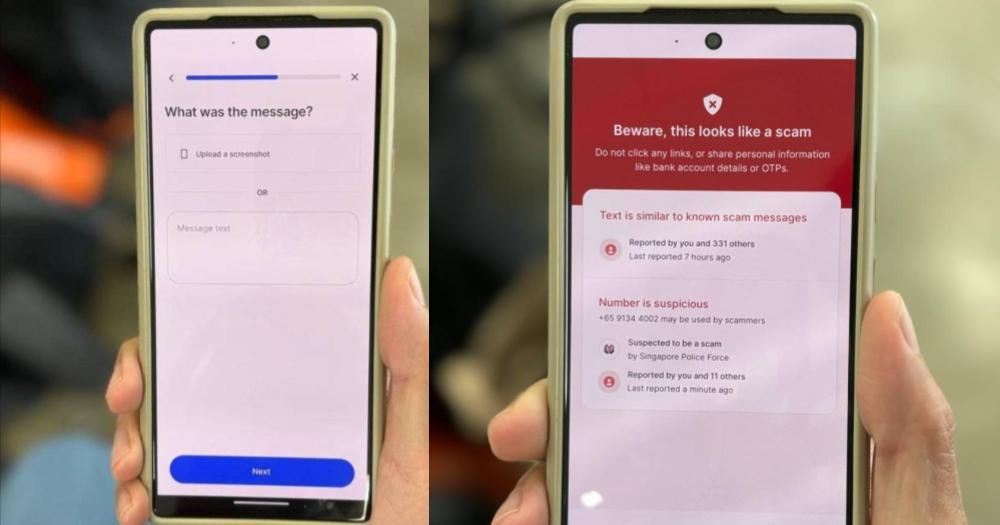The ScamShield app has been enhanced and re-launched to give Singapore residents another means of safeguarding themselves against scams.
Users can submit screenshots as part of scam reporting
The app will have advanced features and functionality for blocking scam messages and calls, according to a press release by Open Government Products.
It will also have an enhanced scam reporting process.
Users will be able to submit screenshots as part of the enhanced scam reporting function.
This is in addition to the option to manually input text in the app.
Users will also receive an acknowledgement of their scam report submissions.
Numbers verified to have made scam calls or sent scam messages will then be added to ScamShield’s blocklist.
Part of the new Check for Scams feature
The enhanced scam reporting process is part of a new Check for Scams feature which will expand ScamShield’s protective abilities beyond just SMS and phone calls.
Users will now also be able to verify the legitimacy of suspicious messages, phone numbers and website links received through WhatsApp, Telegram, SMS, phone calls and other channels.
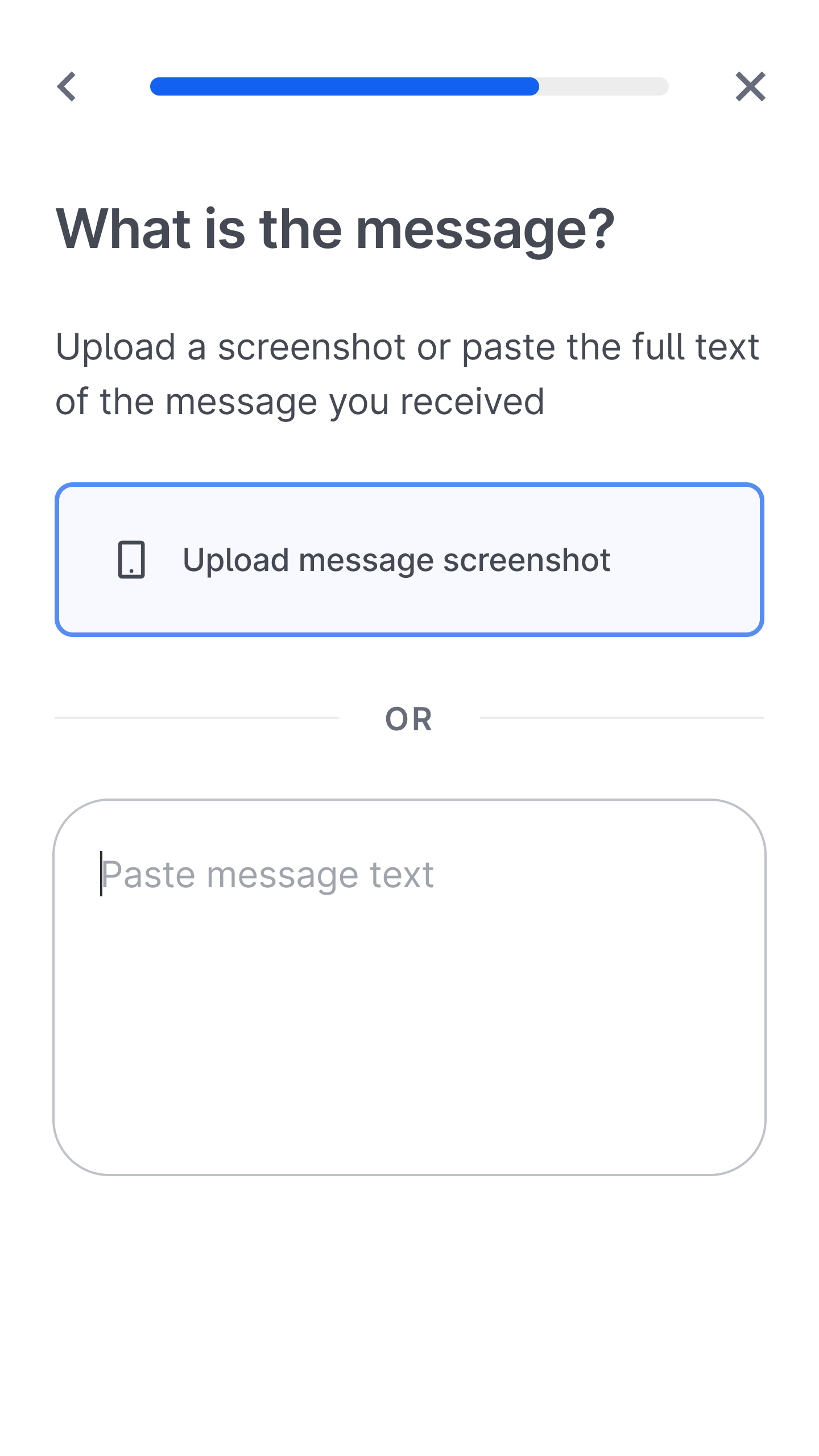 Submitting a suspicious message on the ScamShield app. Image via Open Government Products.
Submitting a suspicious message on the ScamShield app. Image via Open Government Products.
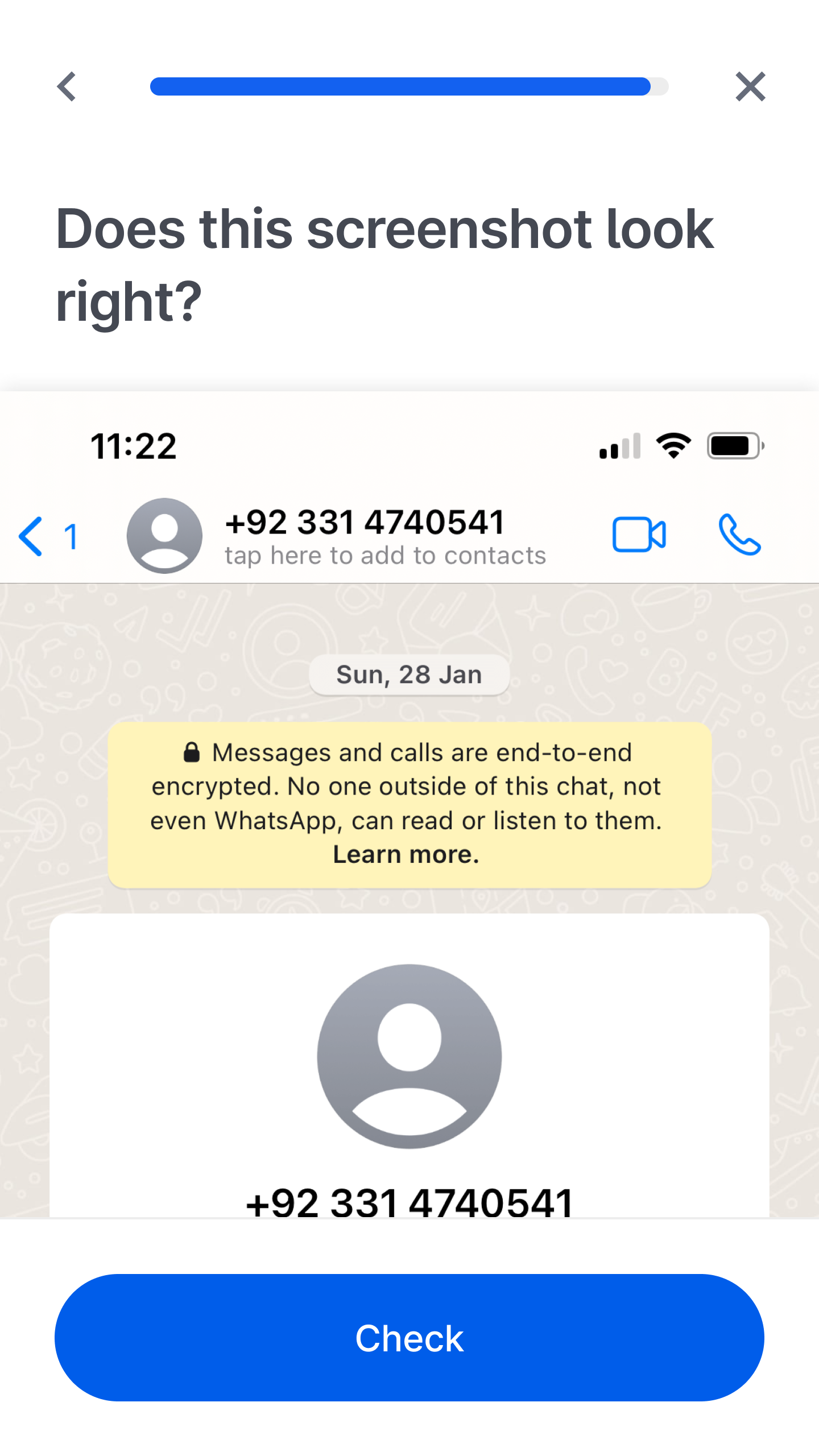 Uploading a screenshot onto the app. Image via Open Government Products.
Uploading a screenshot onto the app. Image via Open Government Products.
After users submit their scam report — either by keying in text or submitting a screenshot — ScamShield will analyse the content and promptly inform users whether the message, phone number or website link is likely malicious or not.
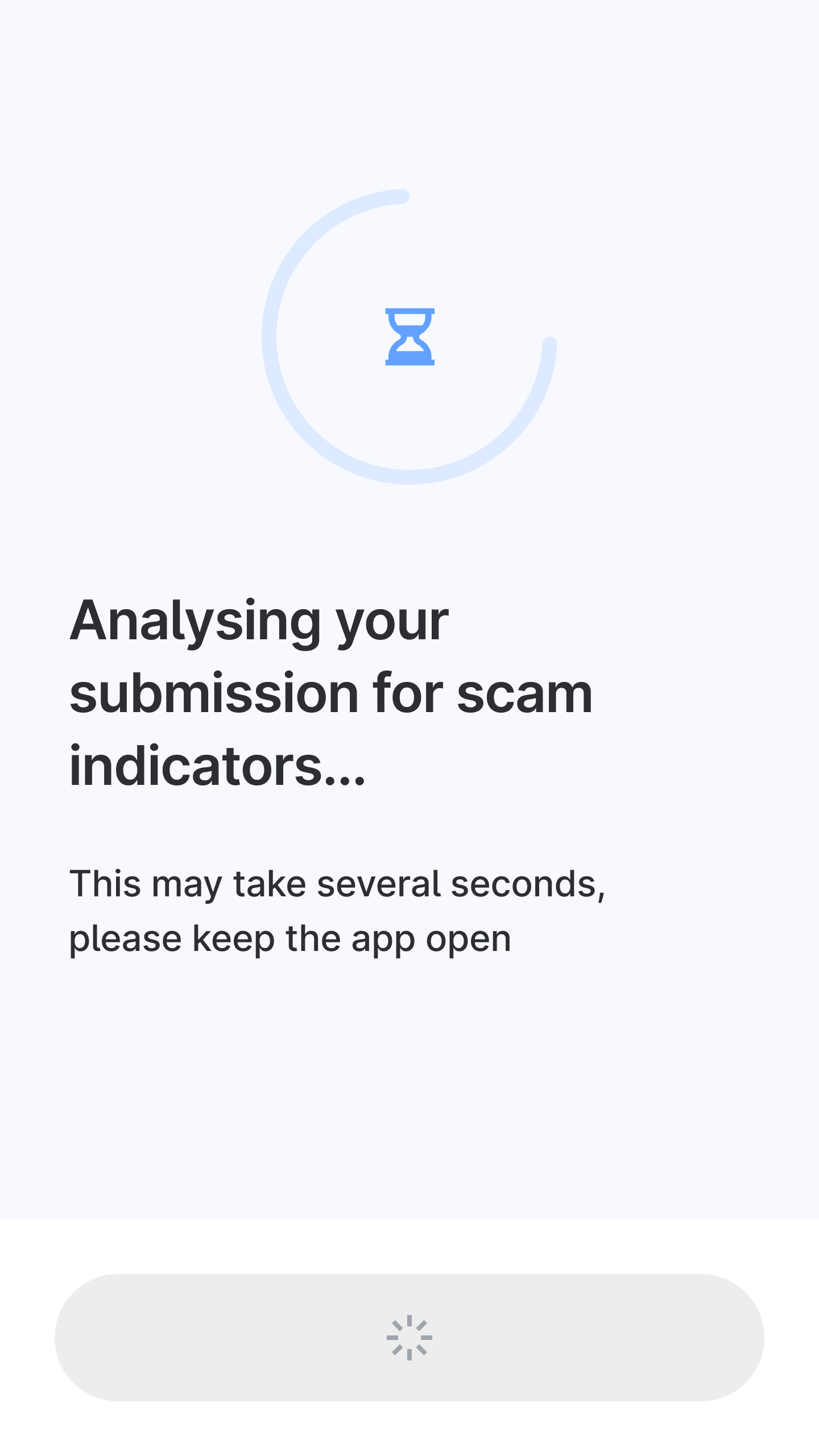 App conducts an analysis of the submitted screenshot. Image via Open Government Products.
App conducts an analysis of the submitted screenshot. Image via Open Government Products.
If potential fraud is detected, ScamShield will caution users against sharing sensitive information, such as bank account details or one-time passwords (OTPs).
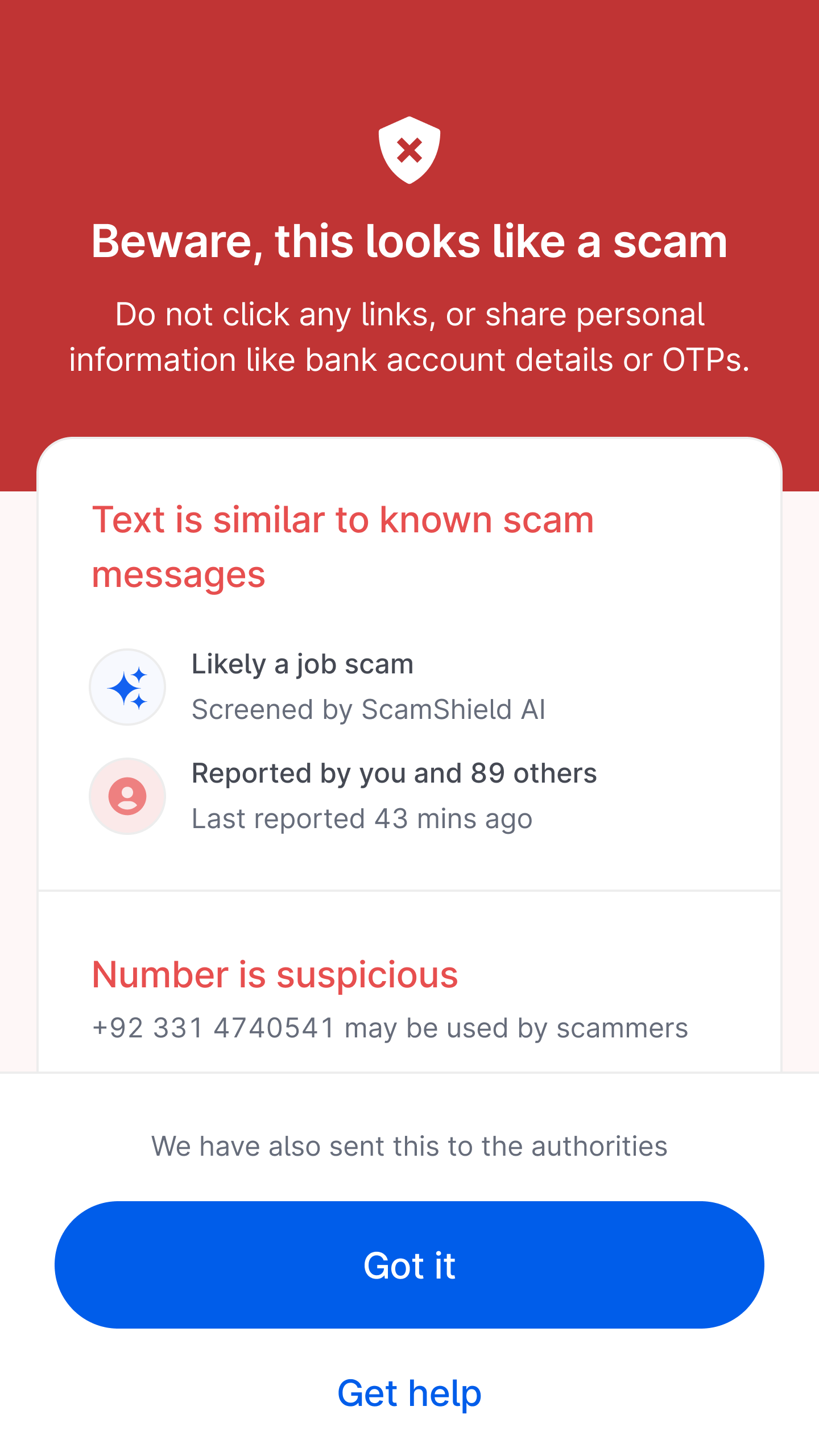 App gives a warning, highlighting that the message is suspicious. Image via Open Government Products.
App gives a warning, highlighting that the message is suspicious. Image via Open Government Products.
Better scam accuracy reporting
The app will also have an enhanced ScamShield Machine Learning classifier which can help identify whether a message is likely a scam.
The classifier also uses the authorities’ blacklist of mobile numbers to determine if an SMS or call is indeed malicious and can distinguish between different types of scams.
This means that when using the Check for Scams feature, users will be able to see if the suspicious message or call they have received falls into a specific category, such as a phishing scam or investment scam.
Blocking and filtering function for scam calls and SMSes
The app will also provide users with step-by-step instructions to configure their phones to block scam calls and SMS messages.
Even if users choose not to grant the app full permissions for call blocking or scam SMS detection on iOS and Android devices, they will also be allowed to access other features on the app,
Losses from scams through messaging platforms amounted to S$113.5 million in first half of 2024
Open Government Products noted that in the first half of 2024 alone, there were 8,336 scam cases which involved scammers approaching victims through messaging platforms.
The losses from these cases amounted to $113.5 million, with WhatsApp and Telegram were cited as platforms of concern.
WhatsApp accounted for 4,186 scam cases with total losses amounting to $74.8 million, while Telegram accounted for 3,755 scam cases with total losses amounting to $28.2 million.
Top photos by Mothership
If you like what you read, follow us on Facebook, Instagram, Twitter and Telegram to get the latest updates.

